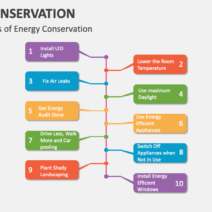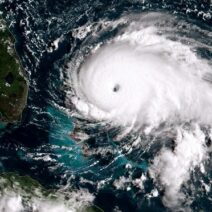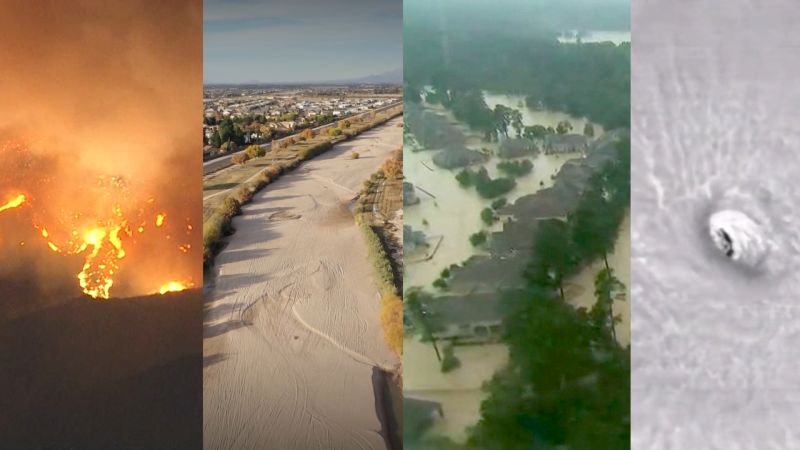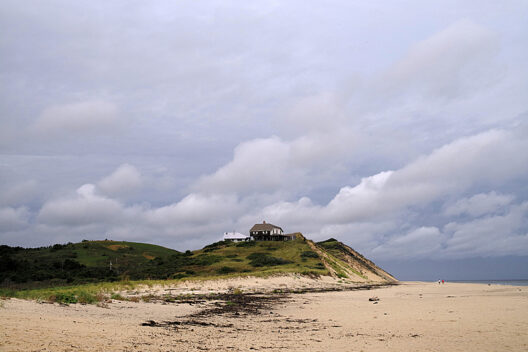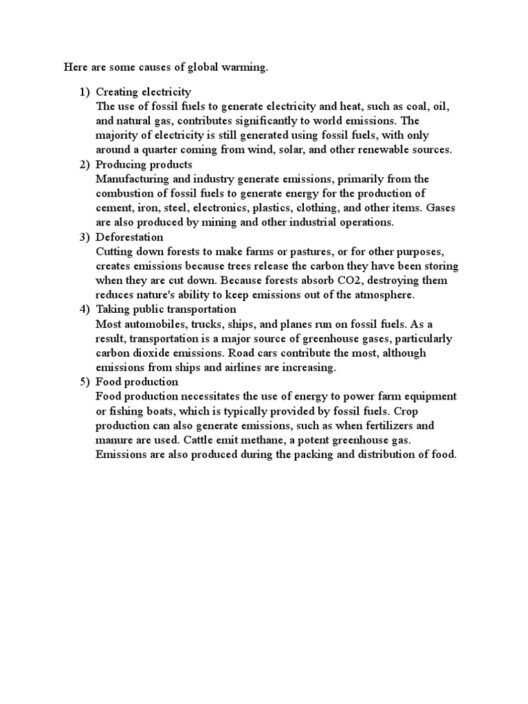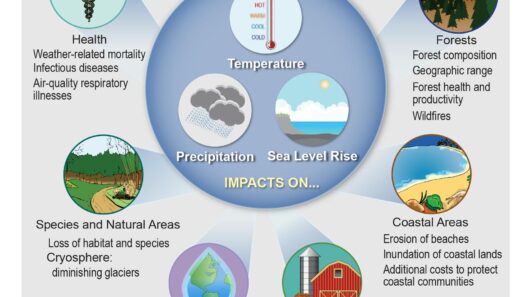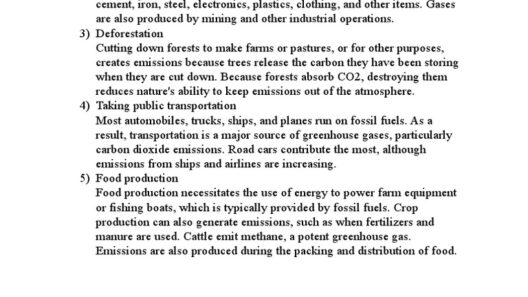Global warming, a pressing issue of our time, captures the imagination and ignites the fervor of many. It denotes a significant and lasting increase in Earth’s average surface temperature due to human activities, primarily the combustion of fossil fuels and deforestation. The ramifications of this phenomenon are not merely statistics; they embody a profound transformation of the planet that beckons our attention. Understanding its impacts helps us grasp the urgency of addressing this global menace.
Each aspect of our environment is intricately interwoven, meaning the effects of global warming are ubiquitous, permeating ecosystems, weather patterns, and even social structures. The following sections delve into the multifaceted impacts of global warming on our world, revealing a compelling narrative that bridges scientific inquiry and societal responsibility.
The Ecosystem’s Fragile Balance: Biodiversity Under Siege
The delicate tapestry of ecosystems is unraveling at an alarming rate. Global warming triggers shifts in climate patterns, which throw established habitats into disarray. From the polar ice caps to tropical rainforests, species face existential threats. Warming waters disrupt marine ecosystems, leading to coral bleaching events that devastate reefs—often referred to as the “rainforests of the sea.” These ecosystems are not only havens for diverse marine life but also crucial for global fisheries that support millions of livelihoods.
In terrestrial ecosystems, shifts in climate zones compel flora and fauna to adapt or migrate. Some species may thrive, while others may become endemic or face extinction. The polar bear, an emblem of climate change, exemplifies this struggle. As sea ice diminishes, their hunting grounds vanish, leading to decreased populations. Moreover, the interdependence of species means that the loss of one can have cascading effects throughout the food web, destabilizing ecosystems that have evolved over millennia.
Melting Glaciers and Rising Seas: The Thawing Tides
One of the most palpable consequences of global warming is the melting of glaciers and polar ice caps. These majestic structures, which have stood for eons, are now receding at unprecedented rates, contributing to rising sea levels. As water expands due to temperature increases and ice melts, coastal cities and island nations face an existential threat. Metropolises like Miami and New Orleans are at risk of inundation, necessitating extensive and costly adaptations such as seawalls and drainage systems.
The implications extend beyond geography; they encompass socio-economic factors as well. Communities reliant on fishing or tourism tied to pristine coastal environments may find their livelihoods suddenly precarious. Additionally, populations may be displaced, creating climate refugees whose struggles can exacerbate geopolitical tensions. The interplay of these dynamics emphasizes that the consequences of global warming are not confined to the realm of environmental science; they ripple through the fabric of society, affecting every strata.
Weather Extremes: A New Norm of Cataclysmic Events
Global warming is also a catalyst for the intensification of weather extremes. Once-rare events like hurricanes, heatwaves, and droughts are surging in frequency and potency, disrupting daily lives and challenging infrastructures. The warming atmosphere holds more moisture, which can lead to torrential downpours and subsequent flooding, while rising temperatures can cause extended periods of drought in regions unaccustomed to such conditions.
Hurricane Harvey (2017) exemplified how global warming influences storm intensity, leading to unprecedented rainfall and catastrophic flooding in Houston, Texas. The human cost is poignant, with loss of life, destruction of property, and psychological impacts weighing heavily on residents. Moreover, recovery efforts strain local and national resources, emphasizing the need for comprehensive climate adaptation strategies.
In agricultural zones, extreme weather events pose a formidable threat to food security. Changes in temperature and precipitation patterns can lead to crop failures, which do not merely affect local communities but reverberate throughout global supply chains, influencing prices and availability. The specter of hunger looms larger as we grapple with the reality that sustaining our growing population amid climatic upheaval is becoming increasingly tenuous.
Health Hazards: The Silent Crisis of Global Warming
The health implications of global warming are often overshadowed by environmental narratives, yet they represent a pressing concern. Higher temperatures can exacerbate air quality issues, leading to a spike in respiratory diseases, especially in urban areas. Heatwaves disproportionately impact the elderly and vulnerable populations, heightening the risk of heat-related illnesses. Moreover, changing climatic conditions influence the spread of vector-borne diseases, such as malaria and dengue fever, as mosquitoes expand their territories into previously temperate regions.
In addition to physical health, mental health consequences are emerging. The anxiety associated with climate change and its impacts can lead to Eco-Anxiety, as individuals grapple with feelings of helplessness while witnessing the transformation of their environment. It is imperative to recognize that global warming is not merely an ecological crisis; it intersects with the multifarious aspects of human health and well-being.
A Call to Action: Embracing Sustainability for Tomorrow
As we reflect on the diverse impacts of global warming, it becomes evident that we face a defining moment in human history. The entangled fate of our planet’s ecosystems, societal structures, and individual health leans toward a future shaped by our actions today. Embracing sustainable practices and advocating for policy changes are urgent steps we must take to mitigate these impacts.
Investing in renewable energy, reducing waste, and prioritizing education are essential strategies for fostering a more sustainable society. By championing these changes, we can collectively reshape a future where environmental harmony is attainable, promising a planet that thrives not merely for us but for generations to come. It is a journey fraught with challenges, yet it is one that beckons us to engage with curiosity and resilience.
